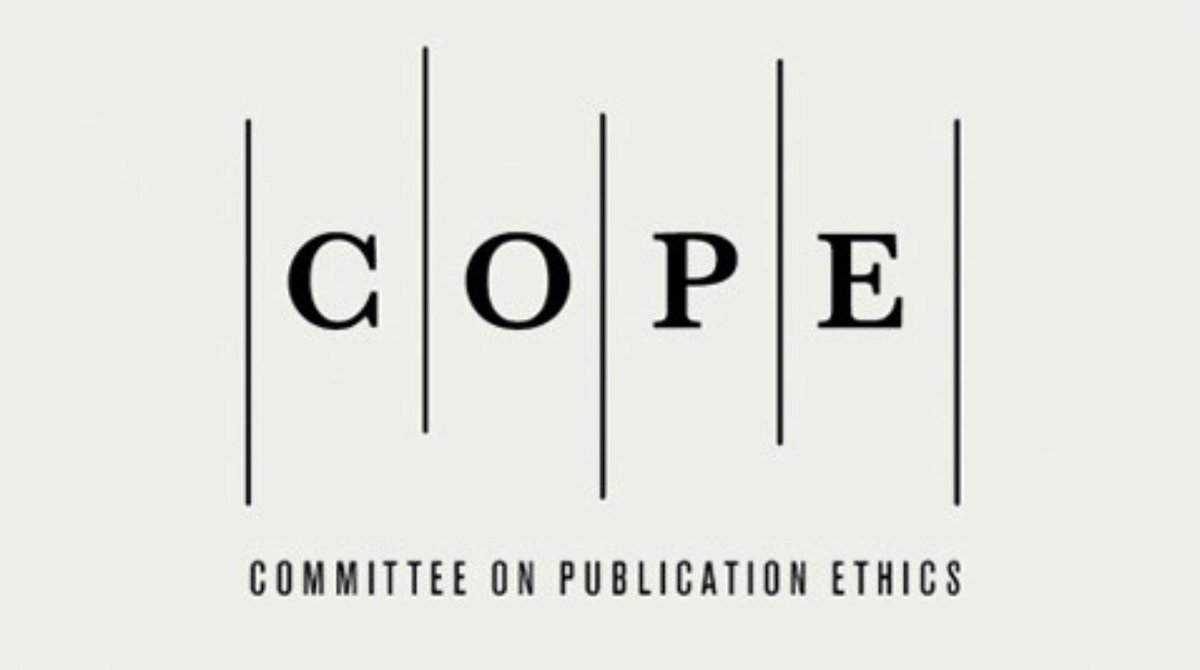[5] PRELIMINARY INVESTIGATION OF LIGHTNING ACTIVITY AND MICROPHYSICS OVER THE WESTERN HIMALAYAS USING THE WRF MODEL
ARTICLE INFO: Date of Submission: July 07, 2025, Revised: July 22, 2025, Accepted: August 02, 2025, https://doi.org/10.56815/ijmrr.v4i3.2025.43-61
Abstract
Lightning is a highly destructive atmospheric phenomenon, capable of causing fatalities and extensive damage to infrastructure in a short time. Although the overall frequency of lightning occurrences is relatively low in the North Indian Himalayan region, the consequences can be severe when such events do occur. To better understand lightning activity in this region during 2023, we utilized data from both the Lightning Imaging Sensor (LIS) aboard the International Space Station (ISS) and the Indian Lightning Location Network (ILLN). Since LIS provides observations only at 10:00 (121 flashes/hour) and 18:00 (421 flashes/hour) UTC, high-temporal-resolution ILLN data were essential for detailed analysis. To complement the observations, we conducted high-resolution simulations using the Weather Research and Forecasting (WRF) model, focusing on three microphysics (MP) schemes: Thompson (MP=8), Morrison (MP=10), and WDM5 (MP=14). Convective Available Potential Energy (CAPE) simulations revealed that the Morrison scheme produced a broader and more intense region of instability, aligning well with the spatial patterns of observed lightning activity. The WDM5 scheme simulated more intense but spatially confined lightning occurrences. Additionally, each microphysics scheme generated distinct ice cloud characteristics: Morrison resulted in widespread and relatively stable cloud formations; Thompson produced deep convective structures; and WDM5 yielded vertically extensive, fragmented cloud layers. When compared with ILLN observations, the Morrison scheme demonstrated the best agreement in terms of spatial lightning distribution, whereas WDM5 tended to underestimate the coverage and suggested that further refining will be helpful to capture the lightning activities in the complex Himalayan region.
Keywords:
Lightning, Himalayan Region, WRF Model, Model EvaluationDownloads
License
Copyright (c) 2025 @Authors

This work is licensed under a Creative Commons Attribution-NonCommercial 4.0 International License.





























